Merry Christmas! Did Jesus Christ Visit Buddhist Monasteries in Tibet?
A Call for Objective Research into the Enigmatic Eighteen "Lost Years" of Jesus Christ, on the Auspicious Occasion of Christmas..
Introduction: The Puzzle of Lost Years
Greetings and Merry Christmas to all! As we gather to celebrate the birthday of Jesus Christ, we also delve into the enduring mystery that surrounds the early years of arguably the most influential man in history. Our respect and reverence for Jesus are profound, as we embark on a scholarly journey to shed light on the enigmatic "Lost Years" of Jesus Christ, which span from approximately 12 to 30 CE.
This article is an invitation to scholars, theologians, historians, and the curious, to come together in a spirit of unity and academic rigour and religious vigour. We aim to maintain a respectful, fact-based, and non-controversial stance while exploring these uncharted waters of history. Before this mysterious period, Jesus' life in Nazareth, under the guardianship of his earthly father, Joseph, is well-documented, marking him as a carpenter, a profession of humble standing. Born in what is now commonly understood as 4 BCE, the ordinary circumstances of Jesus' early life paint a relatable portrait of a young man in his social milieu.
Yet, it's the silence of history about the years that followed, until he re-emerges around 30 CE to commence his transformative ministry, that beckons our collective inquisitiveness. This quest is not merely academic; it is a journey of faith, respect, and profound interest in the tapestry of human history and spiritual legacy. As we celebrate this Christmas, let us unite in our quest for understanding, embracing the spirit of knowledge and enlightenment that Jesus himself championed.
Flight of the Family to Egypt
The "Lost Years" term encompasses the unrecorded span of Jesus Christ's life between his adolescence and the onset of his Ministry, roughly from age 12 to 30. This phase holds particular intrigue given his upbringing in a devout Jewish household. The scant details of his early years do reveal a dramatic episode: the flight to Egypt. This escape was prompted by King Herod the Great, a ruler of Judean descent but not of Jewish faith, who issued a decree to massacre all young male children in an attempt to eliminate any potential "King of the Jews." The family returned to Nazareth only after Herod's death, further shrouding the period that followed in mystery.
Nicolas Notovitch and the 1894 Sensation: An Elaborate Perspective
Nicolas Notovitch, a Russian adventurer-cum-journalist who was living in Paris at the time, made waves in the religious and scholarly communities when he published "The Unknown Life of Jesus Christ" in 1894. Interestingly, Notovitch was Jewish, which adds an additional layer of complexity to his controversial claims. During his travels in Tibet, he claimed to have found ancient manuscripts at the Hemis Monastery that offered new insights into the lost years of Jesus Christ, known as "Issa" in these texts. According to Notovitch, Issa was esteemed as a "Lama," a spiritual teacher whose teachings during this mysterious period were strikingly parallel to Buddhism and Hinduism.
The book was met with a combination of intrigue and skepticism. While it sparked widespread interest, most religious scholars and historians rejected Notovitch's findings for lack of corroborative evidence and questioned the veracity of the Tibetan manuscripts he referenced. Despite the ensuing years, Notovitch's assertions remain neither definitively proven nor disproven, lingering in a state of speculative limbo.
From our standpoint, Notovitch's claims are captivating but fall short of empirical substantiation. As such, they should be approached with an objective, discerning lens, acknowledging that despite their enthralling nature, they have yet to be authenticated by rigorous academic research.
Elizabeth Clare's Echoing Narrative
Elizabeth Clare, an American spiritual author, revisited the subject of Jesus's lost years in her book "The Lost Years of Jesus," published in 1984. Unlike Notovitch, Clare mainly recycled the Russian journalist's claims, contributing little in the way of new research. Her book offered more of a repackaged version of Notovich's theories rather than providing novel insights. The reception was mixed: while some circles within theology found her work intriguing, the academic community largely viewed it as an unverified extension of Notovitch's earlier, controversial work. The general consensus remains that although Clare brought renewed attention to the topic, she failed to offer compelling, new evidence to substantiate the claims about the lost years.
The New Testament's Conspicuous Silence
The Gap in the Canonical Record: The New Testament, which comprises texts written between the 1st and 2nd centuries AD, is surprisingly silent about what is termed as the "Lost Years" of Jesus Christ. While the Gospel of Luke mentions that "the child grew and became strong; he was filled with wisdom, and the grace of God was on him" (Luke 2:40), it leaps from his childhood to his public Ministry without detailing the intervening years. The scriptures are chiefly concerned with his teachings, miraculous deeds, crucifixion, and resurrection, leaving a serious gap in our understanding of his formative years. This absence has fueled centuries of speculation and has led many to search for answers outside canonical texts. Yet, despite the curiosity and numerous theories, the New Testament remains the primary source for Christ's life for the majority of Christians and scholars alike, even though it omits this crucial period.
Official Church Positions: A Muted Perspective
Both the Vatican and the Church of England have been notably reticent about the 'Lost Years' of Jesus, maintaining no 'official' stance on the subject. While both institutions have not publicly engaged with or commented on the speculative works of Notovitch or Elizabeth Clare, their focus remains steadfastly on the life and teachings of Jesus as conveyed through the canonical texts. These churches play an active role in global outreach, emphasising rites of passage such as birth, baptism, marriage, and death, in line with their doctrinal stances. Beyond this, their efforts extend to charitable endeavours around the world, particularly targeting impoverished and marginalised communities. They are also significantly invested in educational projects, running schools and colleges as part of their mission to disseminate Christian values. Therefore, although theories about Jesus' lost years might intrigue the public and some scholars, the major Christian denominations prefer to center their message on well-established biblical narratives and humanitarian work.
The Islamic Perspective: An Intriguing Convergence
In Islam, Jesus is known as Issa and is highly revered as a prophet, though not as the "Son of God." Alongside Moses, Issa is considered one of the major Prophets in Islam. The most venerated figure in Islamic tradition is, of course, the final Prophet, Prophet Muhammad (Peace Be Upon Him), to whom the Holy Quran was revealed. Although the Quran mentions Jesus (Issa) in various passages, it remains silent on his 'Lost Years.' Despite the Islamic respect for Jesus, history is ironically marked by a series of Crusades, initiated by the Papacy, aiming to liberate Jerusalem from non-Christian rule. The city of Jerusalem, situated in modern-day Israel, continues to be a crucial religious locus, important not only for Jews and Christians but also for Muslims. This overlapping religious significance makes Jerusalem a complex focal point for three of the world's major religions.
Interfaith Parallels: Jesus and Buddha
While their lives were separated by at least four centuries and unfolded in disparate cultural and historical settings, the teachings of Buddha and Jesus—foundational to Buddhism and Christianity respectively—share striking thematic parallels. These intersections serve as a fascinating point of reflection on the commonality of ethical and spiritual aspirations across different faiths, independently of the speculation that Jesus ever visited Tibet or India, during his life-time during the so-called “Lost Years”.
Compassion and Love:
Buddha preached the virtues of "Metta" or loving-kindness, emphasising compassion for all sentient beings. Similarly, Christ extolled the values of love and compassion, best encapsulated in the teaching, "Love your neighbor as yourself."
Ethical Conduct:
The Five Precepts in Buddhism outline ethical conduct, including injunctions against killing and stealing. In Christianity, The “Ten Commandments” offer a comparable moral scaffolding, exemplified by directives such as "Thou shalt not kill" and "Thou shalt not steal."
Non-Attachment:
Buddha articulated the importance of non-attachment, noting that attachment is a pathway to suffering. Christ similarly taught, "Do not store up for yourselves treasures on earth," emphasizing the futility of material attachment.
Humility:
Buddha stressed the need for humility and the shedding of the ego as preconditions for enlightenment. Christ spoke along similar lines when he declared, "Blessed are the meek, for they shall inherit the earth."
Suffering and Liberation:
The Four Noble Truths in Buddhism center around the concept of suffering (Dukkha) and the path to its cessation. Christ offered a parallel hope—salvation from sin and eternal life, effectively liberating believers from spiritual suffering.
Inner Transformation:
Buddha’s teachings hinge on the idea that enlightenment is an internal transformation leading to Nirvana, a state of eternal peace. Christ also taught about the transformational aspect of spirituality, stating that the kingdom of God is within and advocating being "born again" spiritually.
Golden Rule:
Buddha's Golden Rule states, "Treat not others in ways that you yourself would find hurtful." Christ offered a similar ethical maxim, "Do unto others as you would have them do unto you."
Though divergent in their theological frameworks and ritualistic practices, Buddhism and Christianity strikingly align in their emphasis on individual moral and spiritual betterment. This convergence in core principles is more than merely coincidental, serving as a compelling testament to the universal quest for ethical integrity and spiritual enlightenment across varied religious landscapes. While these similarities do not provide conclusive evidence to substantiate the idea that Jesus garnered these teachings during his hypothesised travels to the East in the enigmatic 'Lost Years,' they certainly lay a fertile ground for such a theories, howsoever far-fetched these might be.
Point-Counterpoint: Diverging Paths in Christianity and Buddhism
While it's true that the teachings of Jesus and Buddha intersect at several thematic junctions—compassion, ethical conduct, humility—there are also stark differences that illustrate the uniqueness of each religious tradition.
Concept of God: Point: Both religions offer a spiritual framework, but their conceptualisation of a higher power is fundamentally different. Christianity is monotheistic, positing a Creator God as the ultimate source of life and moral law. Counterpoint: Traditional Buddhism, on the other hand, is non-theistic. The Buddha is venerated not as a god but as an enlightened being who has discovered the path to Nirvana, free from the cycles of death and rebirth.
Afterlife: Point: Christianity talks of an eternal life, either in heaven or hell, based on one's deeds and faith in Jesus Christ. Counterpoint: Buddhism discusses the cycle of rebirth leading ultimately to Nirvana, which is a cessation of the cycle rather than an eternal life in a heaven or hell. There's no concept of eternal damnation in Buddhism.
Salvation and Enlightenment: Point: In Christianity, salvation is often a divine gift that comes through faith in Jesus Christ. Counterpoint: In Buddhism, enlightenment is a state reached through individual efforts like meditation, right living, and the following of ethical precepts. There's no divine intervention involved.
Origin of Suffering: Point: Christianity often attributes suffering to sin and a separation from God. Counterpoint: In Buddhism, suffering (dukkha) is rooted in attachment and ignorance, both of which can be overcome through the Eightfold Path.
Sacred Texts: Point: The Bible serves as the foundation for Christian beliefs and practices. Counterpoint: Buddhism employs a range of texts, including the Sutras and the Tripitaka, which serve as guidelines for the path to enlightenment.
In light of these differences, it becomes a complex task to definitively assert that Jesus' teachings drew substantial influence from Buddhist philosophy. Although certain commonalities might suggest shared ethical and spiritual aspirations, the foundational tenets and philosophies of the two religions diverge considerably. These are shaped by their unique cultural, historical, and theological milieus. Consequently, a brief analysis of these similarities and differences is insufficient for a rational mind to form a conclusive opinion in either direction, particularly concerning the speculated eastward travels of Jesus during the enigmatic "Lost Years."
Trade, Philosophy, and the Silk Route: Imagining the World Around the 'Lost Years'
It's worth noting that trade and commerce between what is now known as the Middle East, particularly Jerusalem, and the Far East, including India and China, were quite routine in antiquity. The famed “Silk Route” served as a conduit for not only precious goods like jewels and silk but also the exchange of philosophical ideas and teachings from remarkable individuals in both directions. Given the advancements in modern research methods, including technological tools not accessible to earlier scholars and presumed cooperation from contemporary governments like China, it's intriguing that a widely accepted understanding of Jesus' 'Lost Years' has yet to emerge. While it may prove challenging to definitively reconstruct or even rediscover his activities during this enigmatic period, at the very least, rigorous research should be able to rule out or discredit theories such as Jesus visiting Britain during his lifetime.
The Absence of Scholarly Inquiry: The Unexplored Years of an Influential Figure
It is both intriguing and somewhat disheartening that mainstream academic research institutions, along with religious organisations such as the church, and even official or private research bodies in India or China, have not committed to rigorous, objective, and dispassionate research aimed at reconstructing the lost years of Jesus. This is especially surprising given the profound impact this singular figure has had on the course of world history. The absence of such research not only leaves a significant gap in our understanding but also raises questions about the unfulfilled need for scholarly inquiry into the life of arguably one of the most important personalities ever to have lived.
The Imperative of Truth-Seeking: The Uncharted Years
If both Buddha and Christ, luminaries in their respective traditions, advocated the relentless pursuit of truth, then it is our moral and intellectual imperative to endeavour to uncover the factual history of Jesus' lost years. Their teachings underscore the importance of seeking truth as an ethical commitment, making it all the more essential to address this historical void.
The Universality of Human Thought
Ideas, philosophies, and teachings are part of our collective human heritage, not the copyrighted intellectual property of any individual, sect, or faith. Therefore, apprehensions that some of Christ's teachings may have been influenced by Buddhism, Hinduism, or Sanatan Dharma should not deter us from comprehensive research. Intellectual inquiry has always been a cumulative process; those who come later inevitably reflect on the teachings and writings of those who preceded them. If Christ indeed drew from Eastern philosophies, it would neither be unprecedented nor a point of hesitancy
The Interplay of Wisdom Across Traditions
In Sikhism, we find a compelling illustration of how spiritual wisdom can transcend religious boundaries. Sheikh Baba Farid, who lived approximately 200 years before the inception of Sikhism by Guru Nanak, had his verses seamlessly incorporated into the Guru Granth Sahib by Guru Arjan Dev Ji, the Fifth Nanak. These verses were included because they harmonised with the core Sikh tenets of monotheism and the avoidance of superfluous rituals. Such an inclusion highlights an openness to glean wisdom from diverse traditions, without the concern that doing so would tacitly acknowledge another religion's chronological precedence as a mark of its philosophical superiority or originality.
The Enduring Legacy of Jesus' Teachings
Regardless of what rigorous research may ultimately reveal about Jesus' life, especially his enigmatic 'Lost Years,' his teachings stand as an eternal testament to ethical and spiritual wisdom. They will continue to be cherished and revered, not just within Christian communities of every denomination, but across diverse faiths and even among those without religious affiliations. Far from undermining his historical or contemporary significance, scholarly inquiry could serve to dispel apocryphal stories and debunk unfounded myths that occasionally arise in connection with his life. In this way, his place in history, the present, and the future remains both secure and irreplaceable.
Seeking Unity through the Mysteries of History: A Christmas Eve Reflection
This essay, republished on the serene occasion of Christmas Eve, serves as a heartfelt appeal for comprehensive and impartial investigation into the 'Lost Years' of Jesus Christ. Our goal, during this time of reflection and joy, isn't to challenge or confirm religious beliefs but to bridge historical gaps about an individual whose legacy is deeply woven into the fabric of human civilization. Should such scholarly pursuit conclusively reveal that Jesus spent those enigmatic years in places like Tibet or India, it could herald a new chapter of cohesion between Abrahamic and Indo-Aryan faiths. This revelation, far from undermining the core of any creed, may highlight the interconnectedness of spiritual teachings across cultures, thus nurturing interfaith dialogue and universal peace. As we celebrate Christmas, let us remember that seeking truth is a noble endeavour that can unite us all, especially in a world yearning for harmony and understanding.
==================
REQUEST: If you enjoyed this article from 'The KBS Chronicle', we encourage you to share it with others who might also find it valuable.
Thank you for your support.




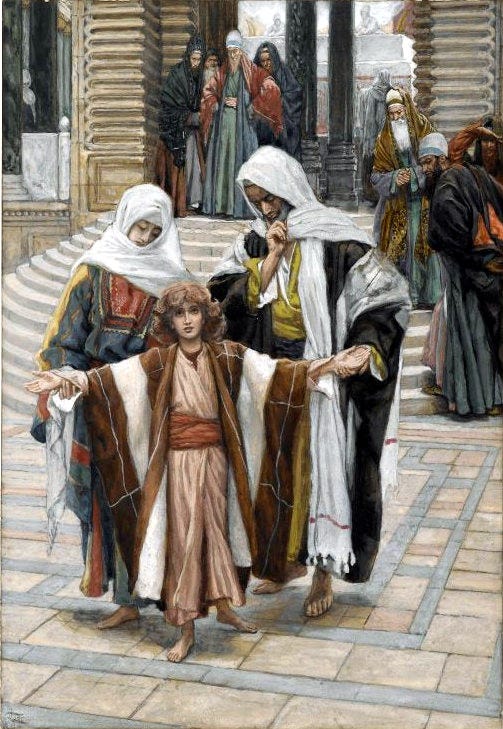
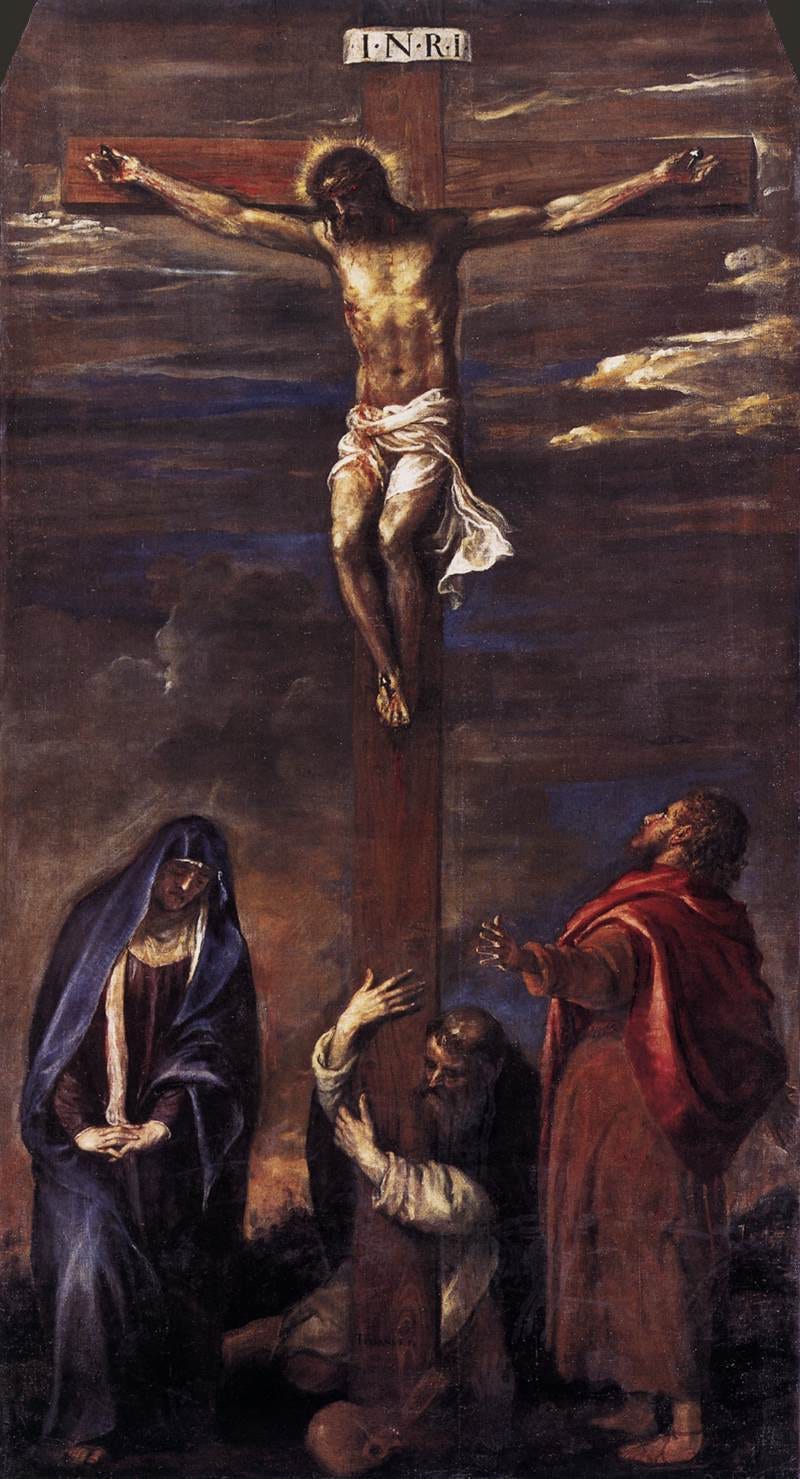
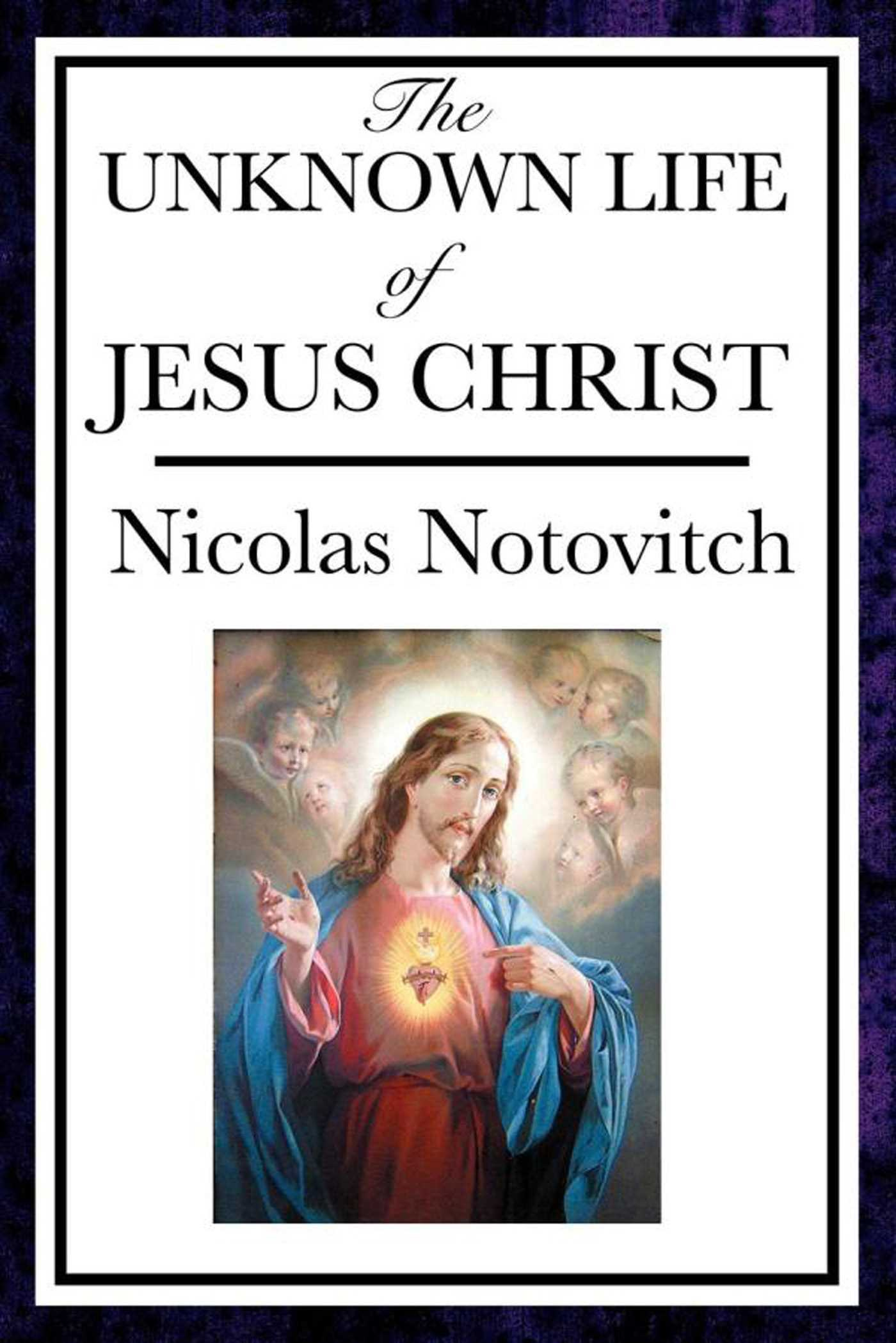
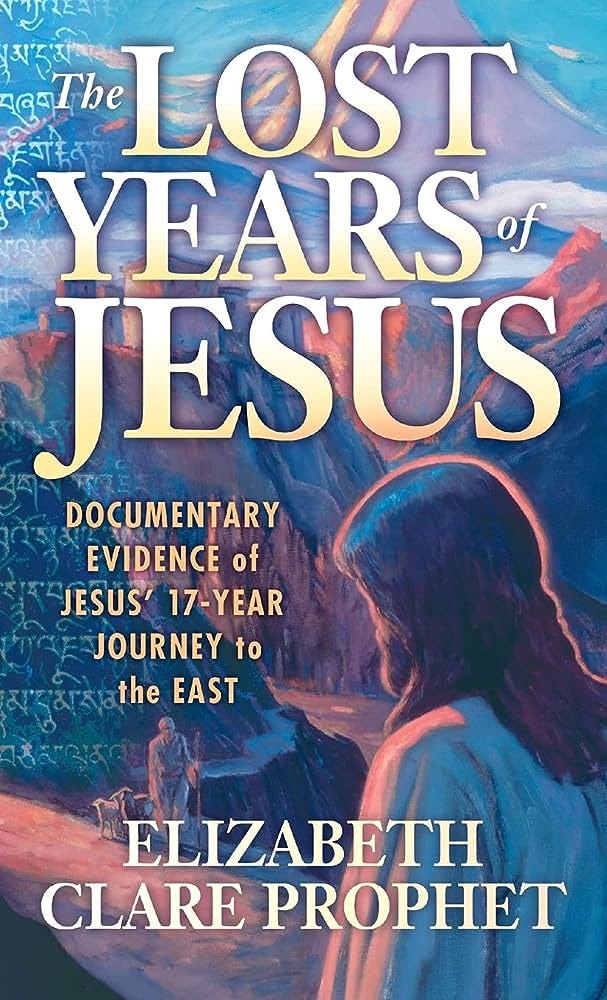
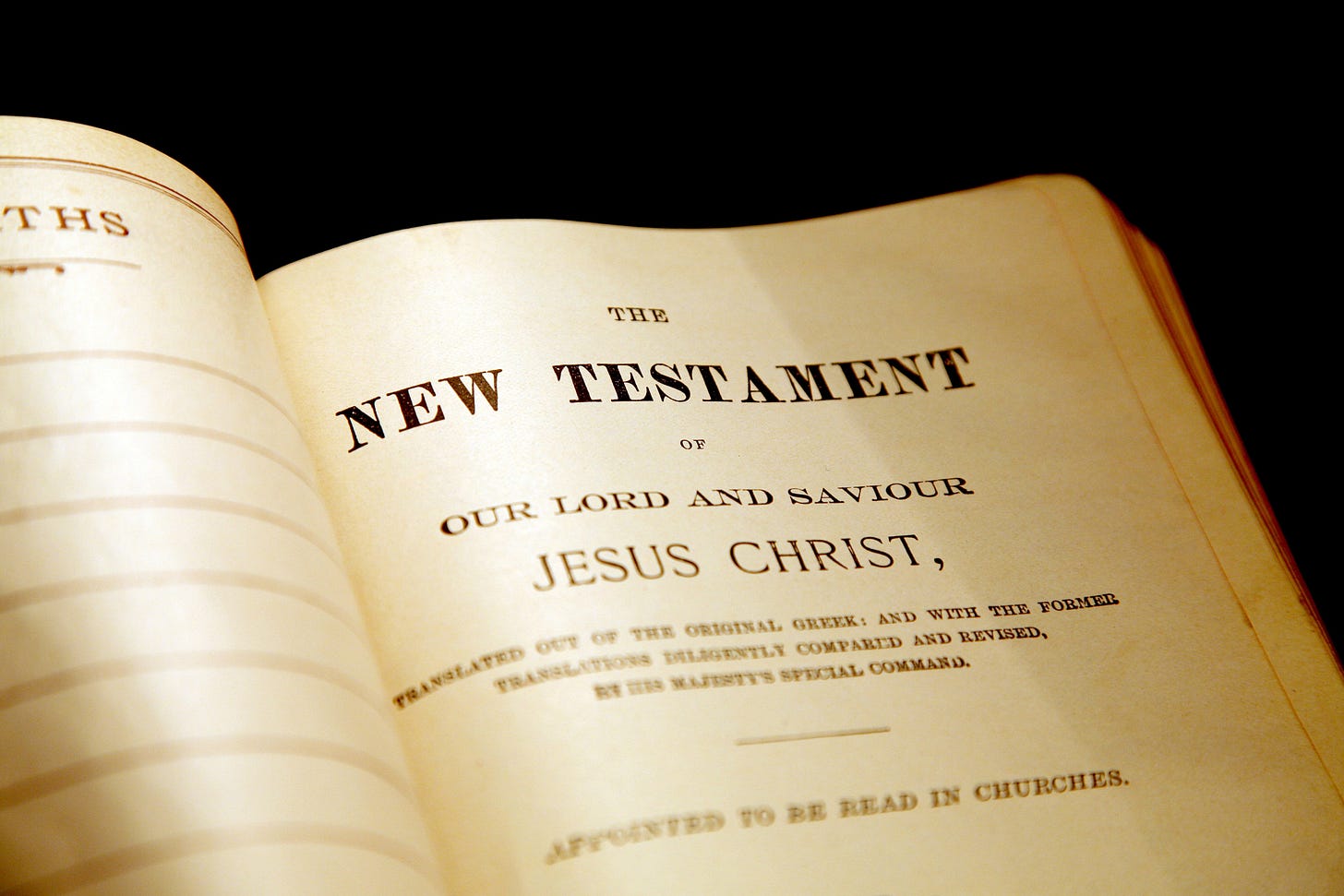
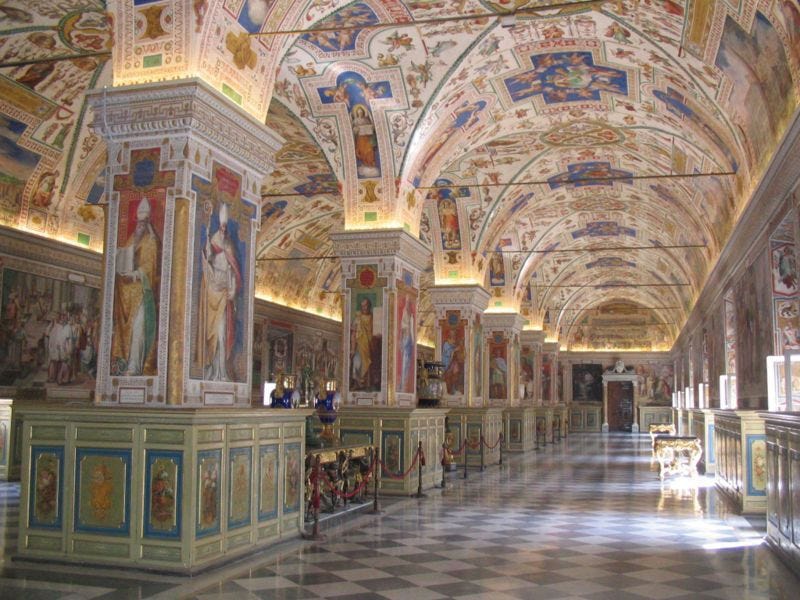

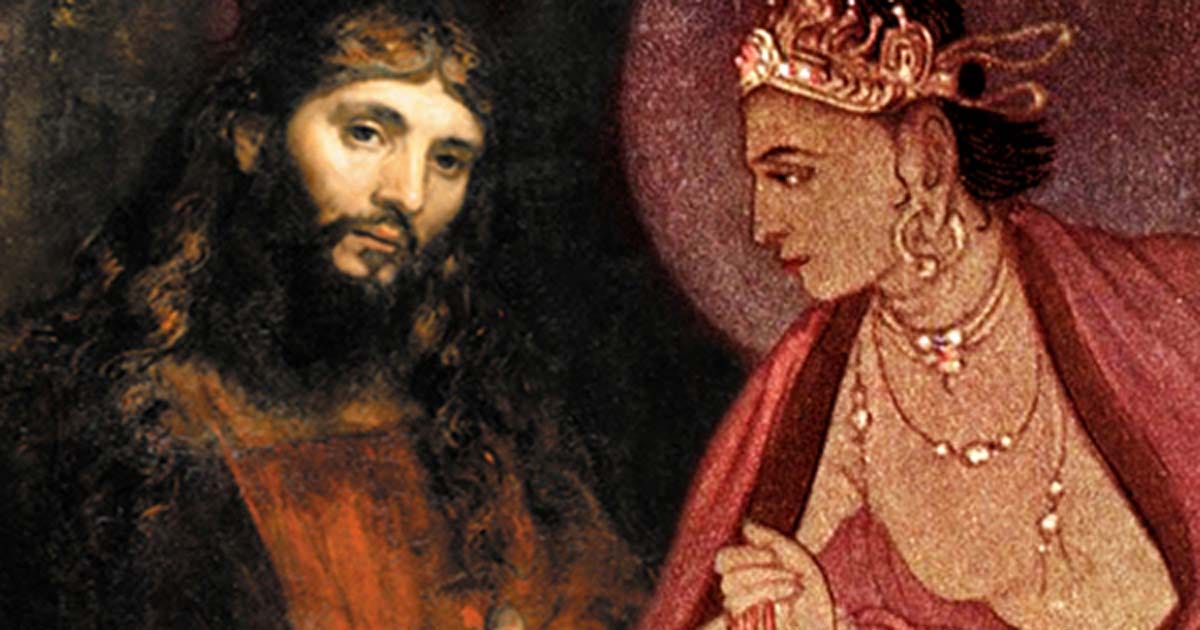

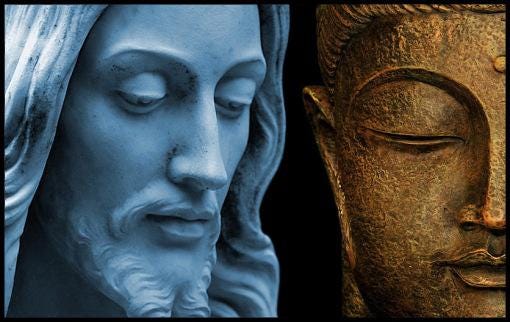
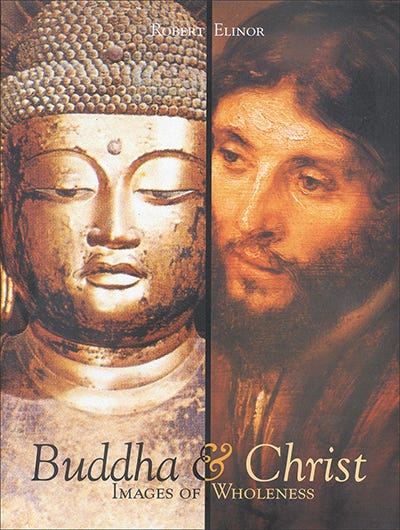
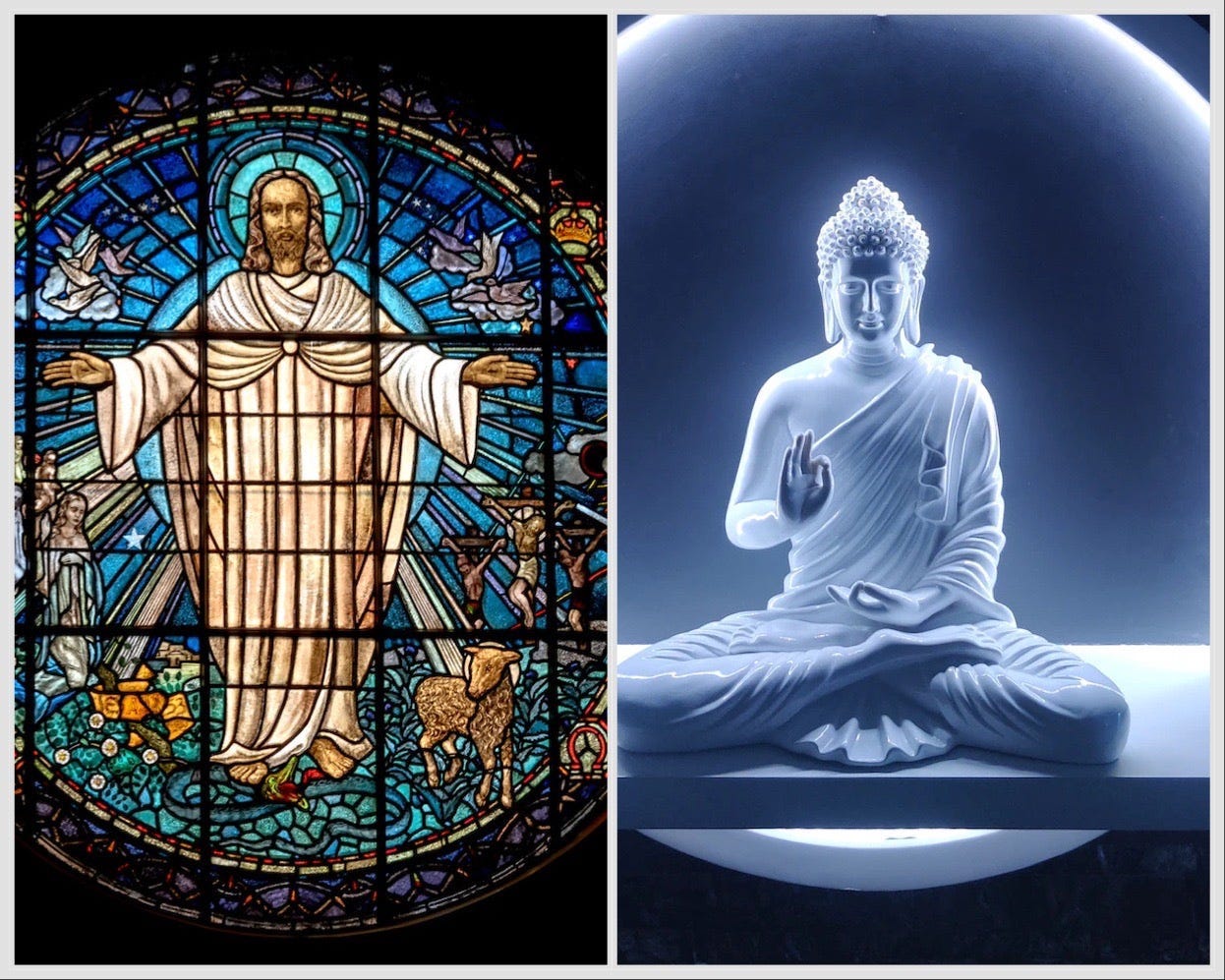
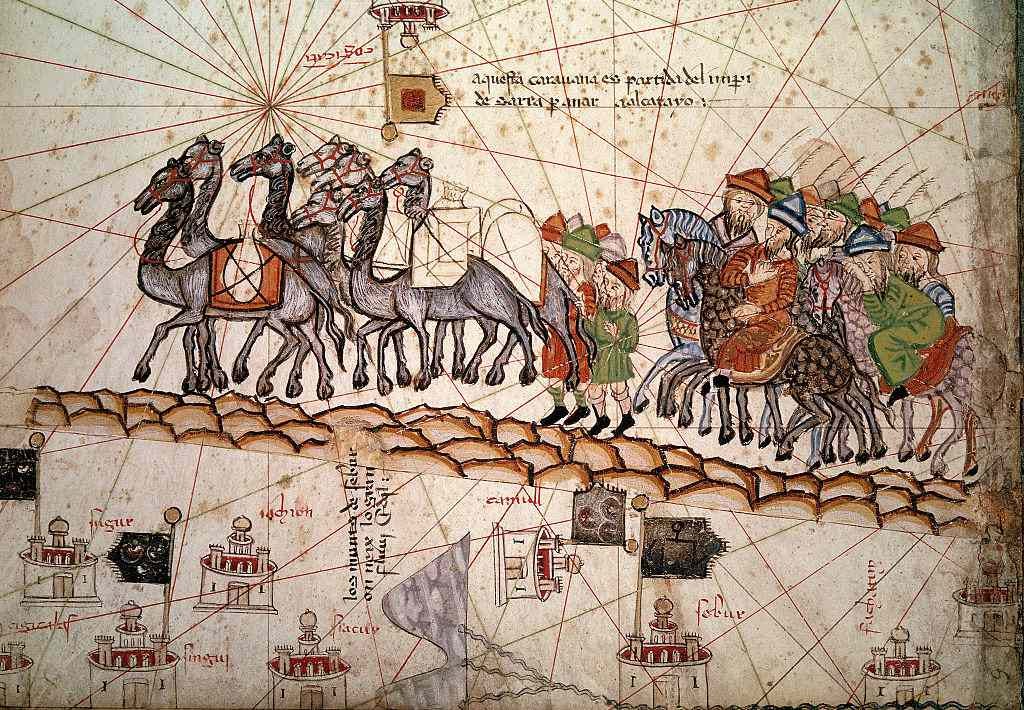
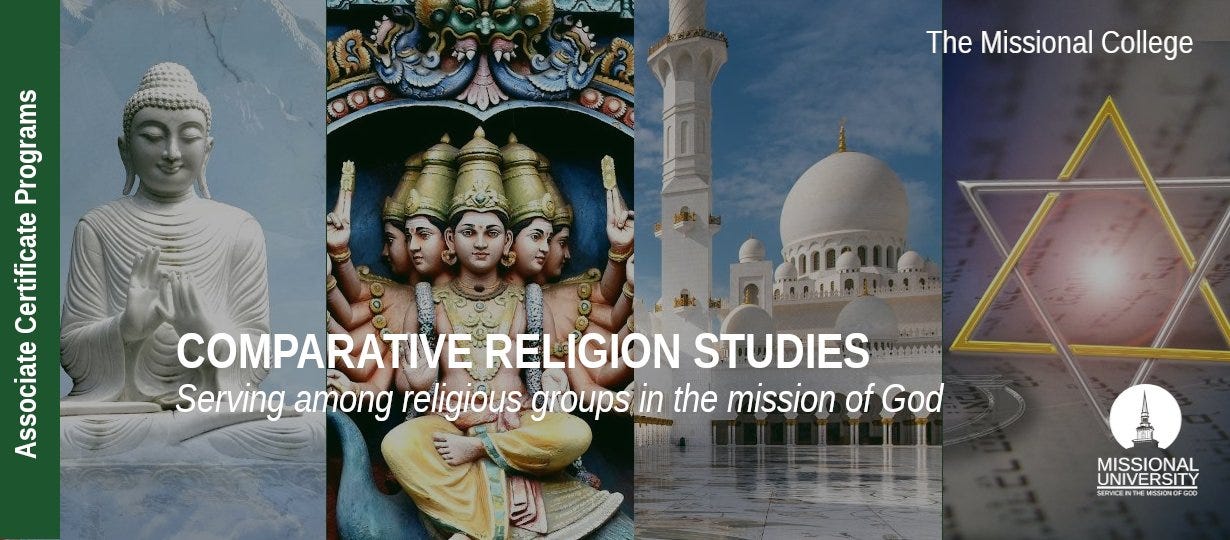
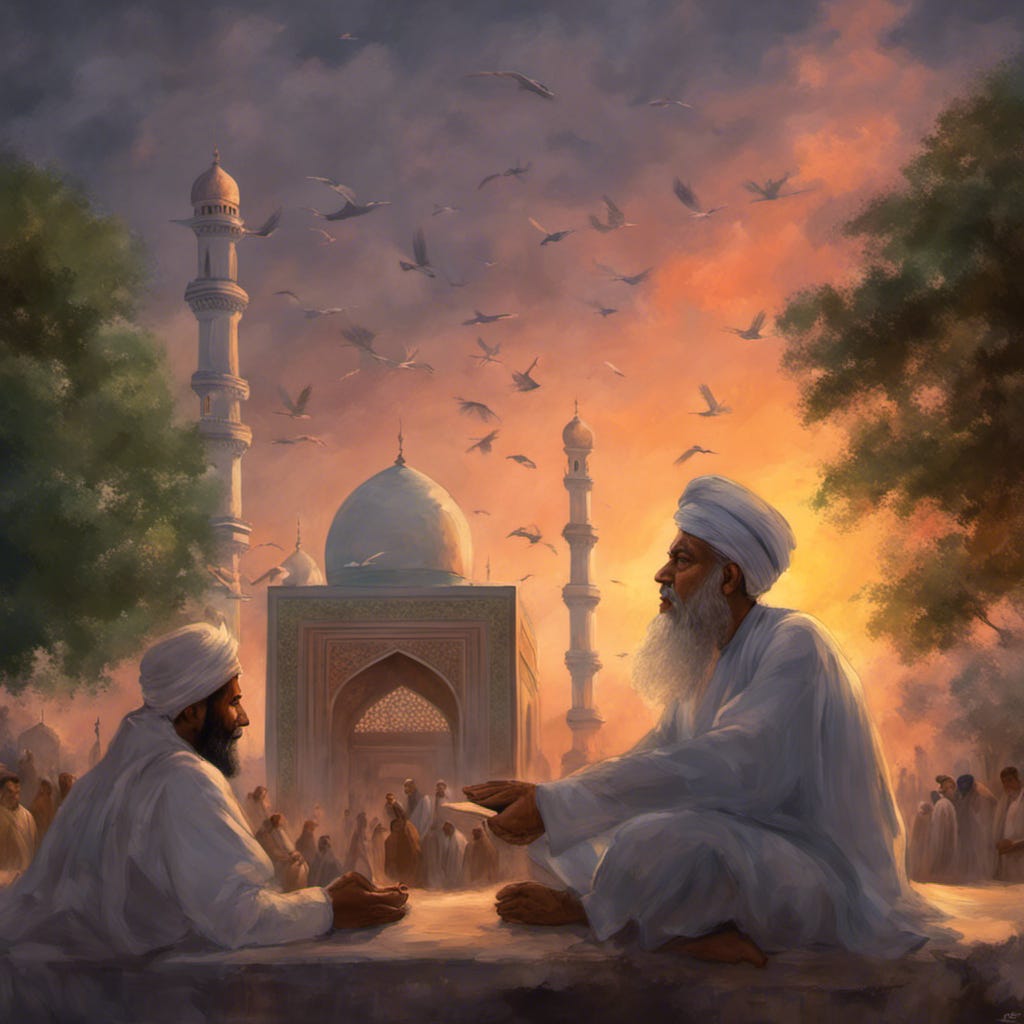


All articles are very knowledgeable . Our younger generation must read . They will grasp knowledge about all religions .🙏🙏